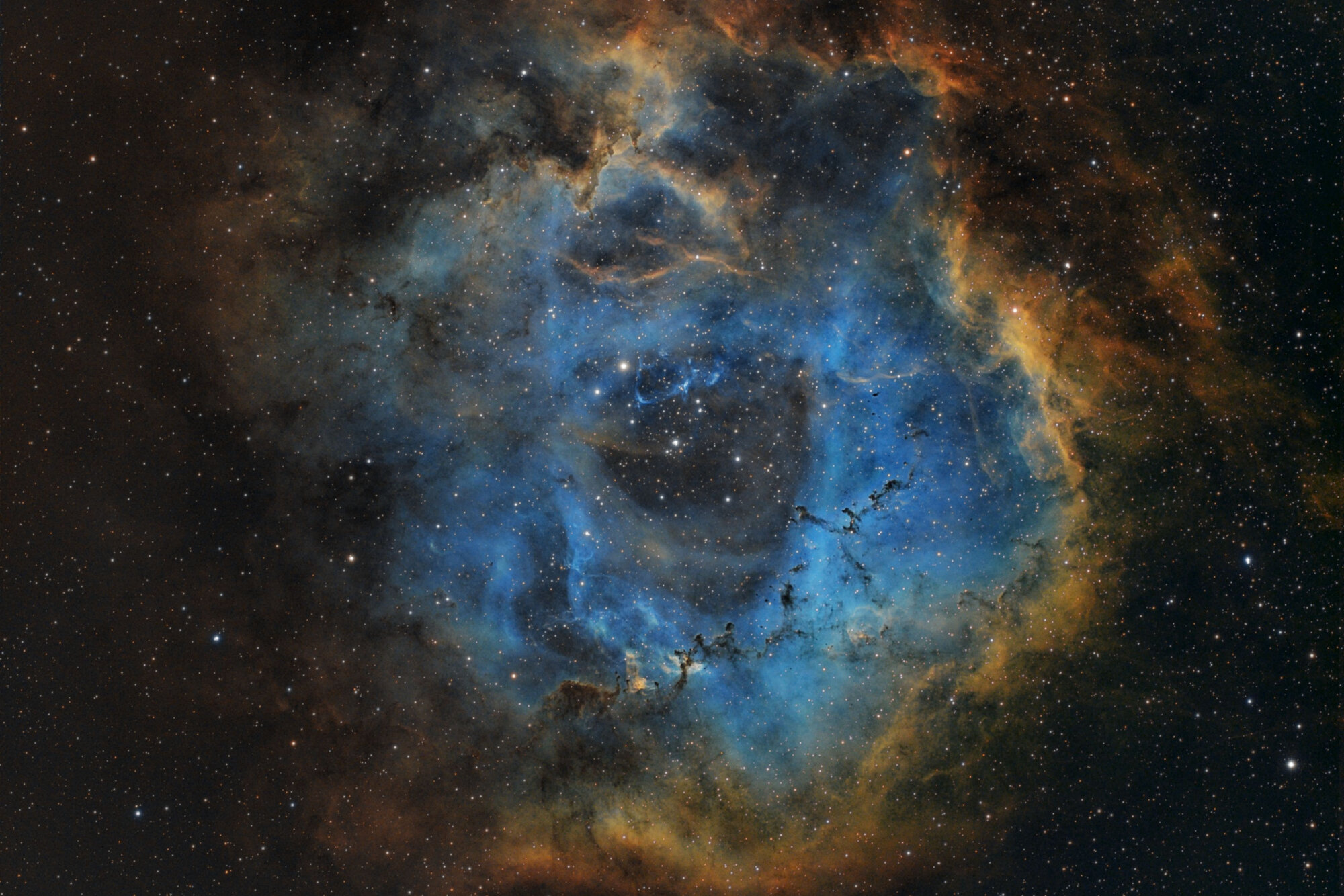
Blog
Articles on workflow and processing, experiences with equipment, or just general stories related to astronomy or astrophotography.

Creating Horizon files made easy. Astroplanner example
Making a horizon file can be labour intensive. With this app, the task is made a lot easier. In this example the information is used to create a horizon file for Astroplanner, the very versatile application to plan and record observations and imaging sessions
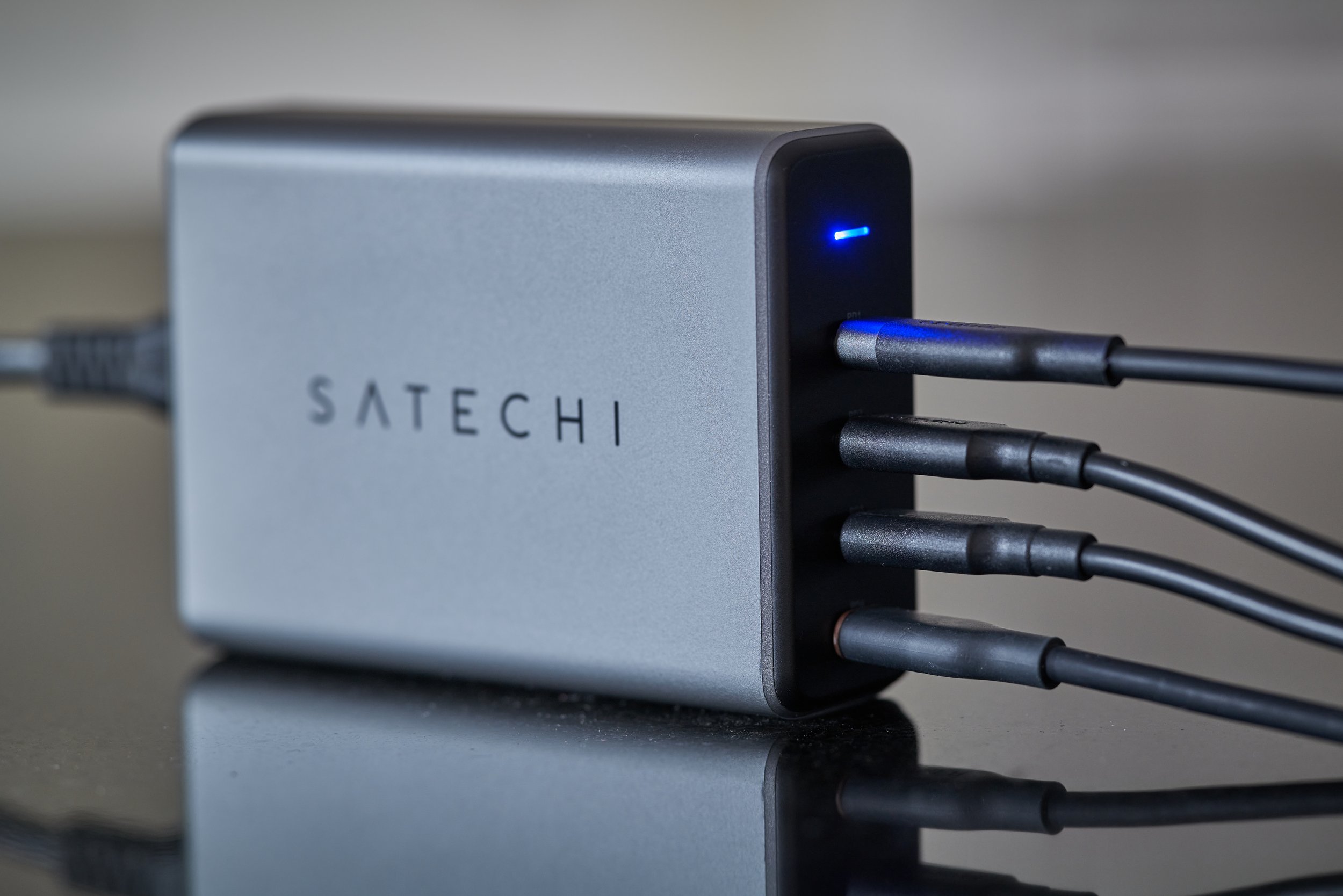
Powering your rig with USB-Power Delivery
Traditionally telescope rigs are powered using 12VDC from bricks, wall adapters and power banks. But now that USB Power Delivery has become a mainstream solution to power laptops, screens etc, would it be any good to power an astrophotography rig? In this blog we will try to find out.
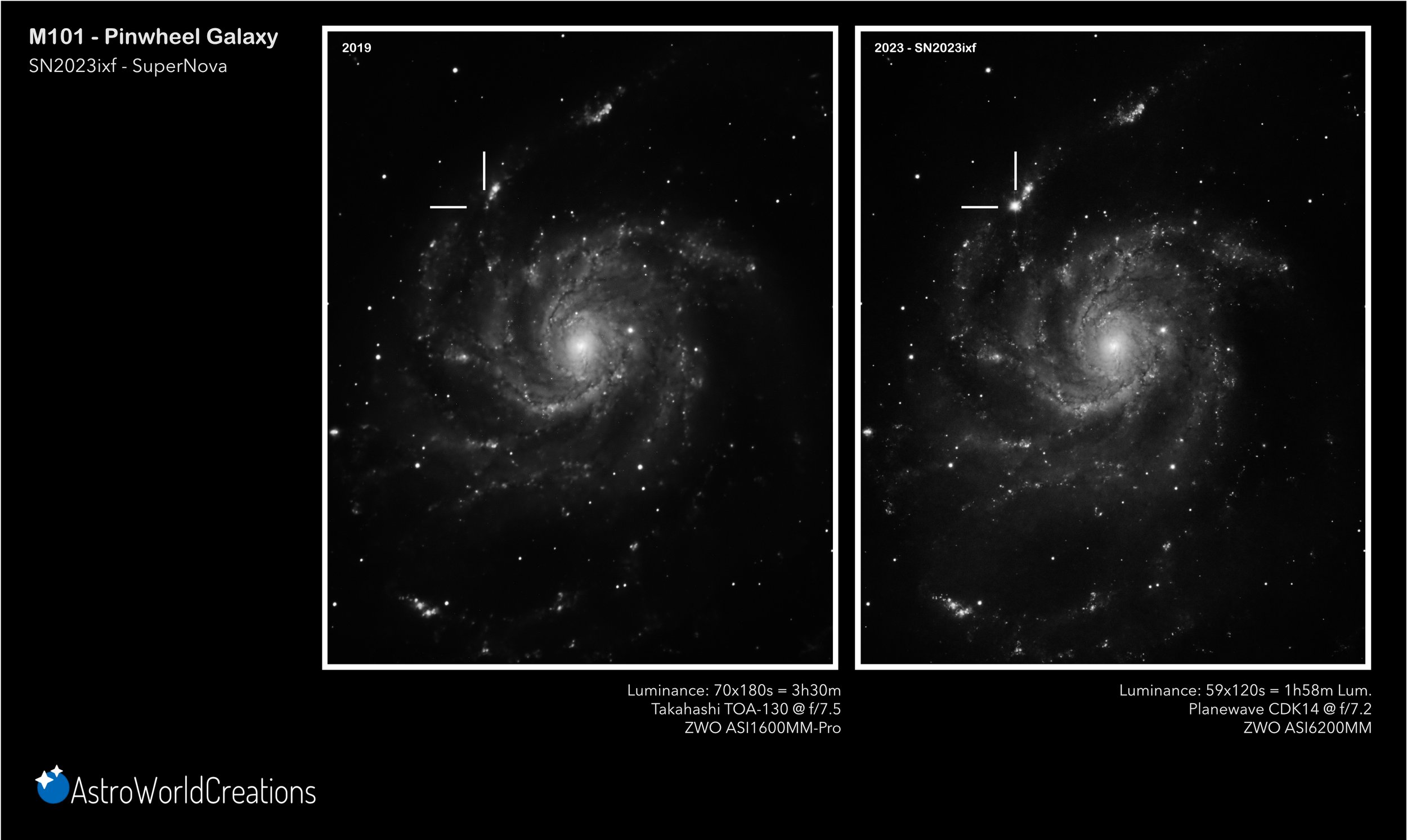
Supernova SN2023ixf captured with new telescope
The bright supernova in M101 is an interesting target for many astrophotographers. It appeared also a great object for first light of a new large aperture telescope in the observatory, a Planewave CDK14

Euro-EMC S130 rolling pier review
Recently the observatory was upgraded with a rolling pier. This allows a fully assembled system to be rolled-in and rolled-out the house in a fraction of the time than before. Read here my experiences with the S130 rolling pier and how it greatly improved the efficiency and productivity.
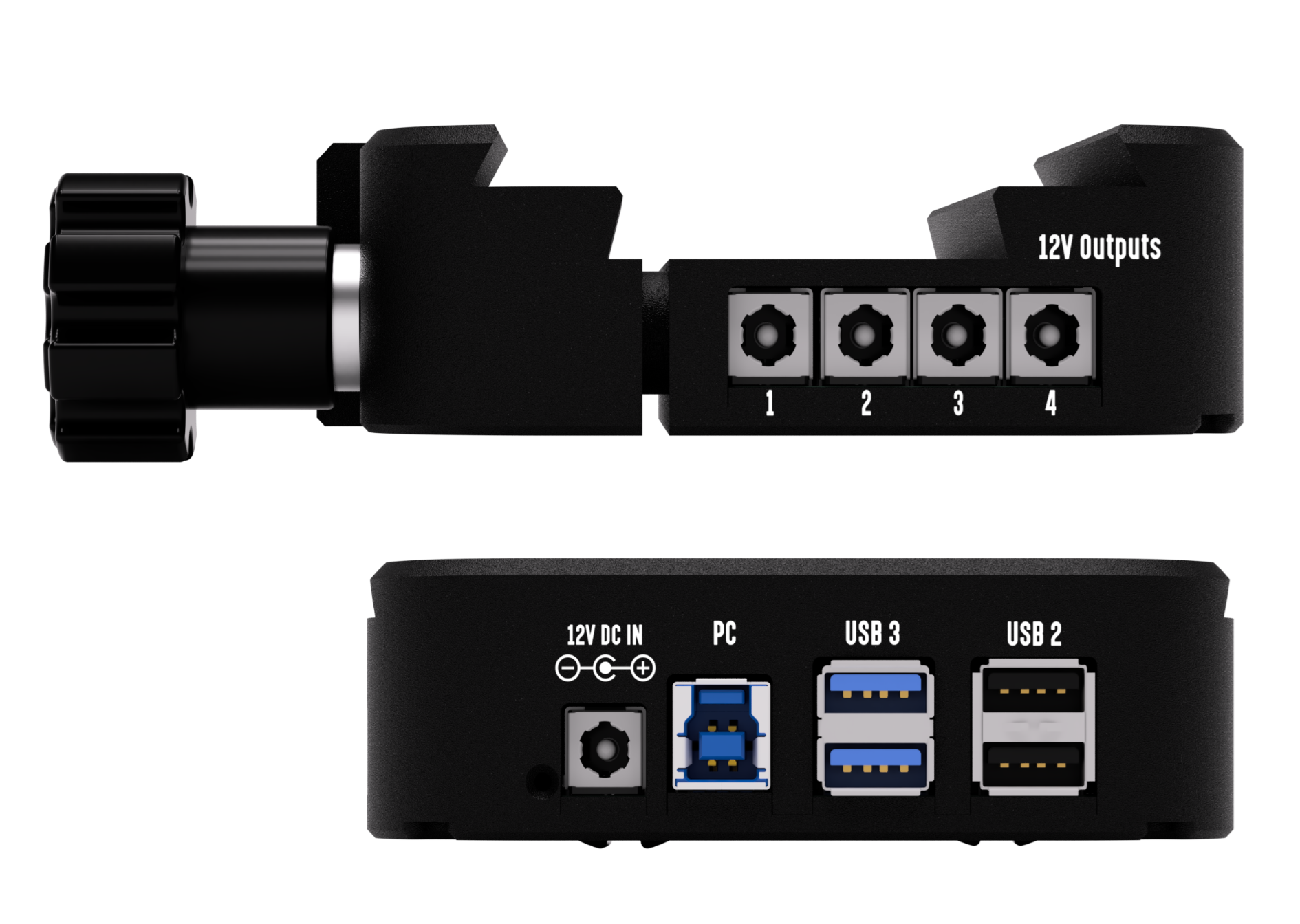
Dovetail Clamp and Powerbox in one device
A new device from Pegasus Astro combines a dovetail clamp and powerbox into one. An interesting option to improve cable management without adding extra boxes on the rig.

SNR-based exposure calculation tool
A new web-based tool to calculate the required exposure (number of frames and/or total exposure) based on a target SNR.
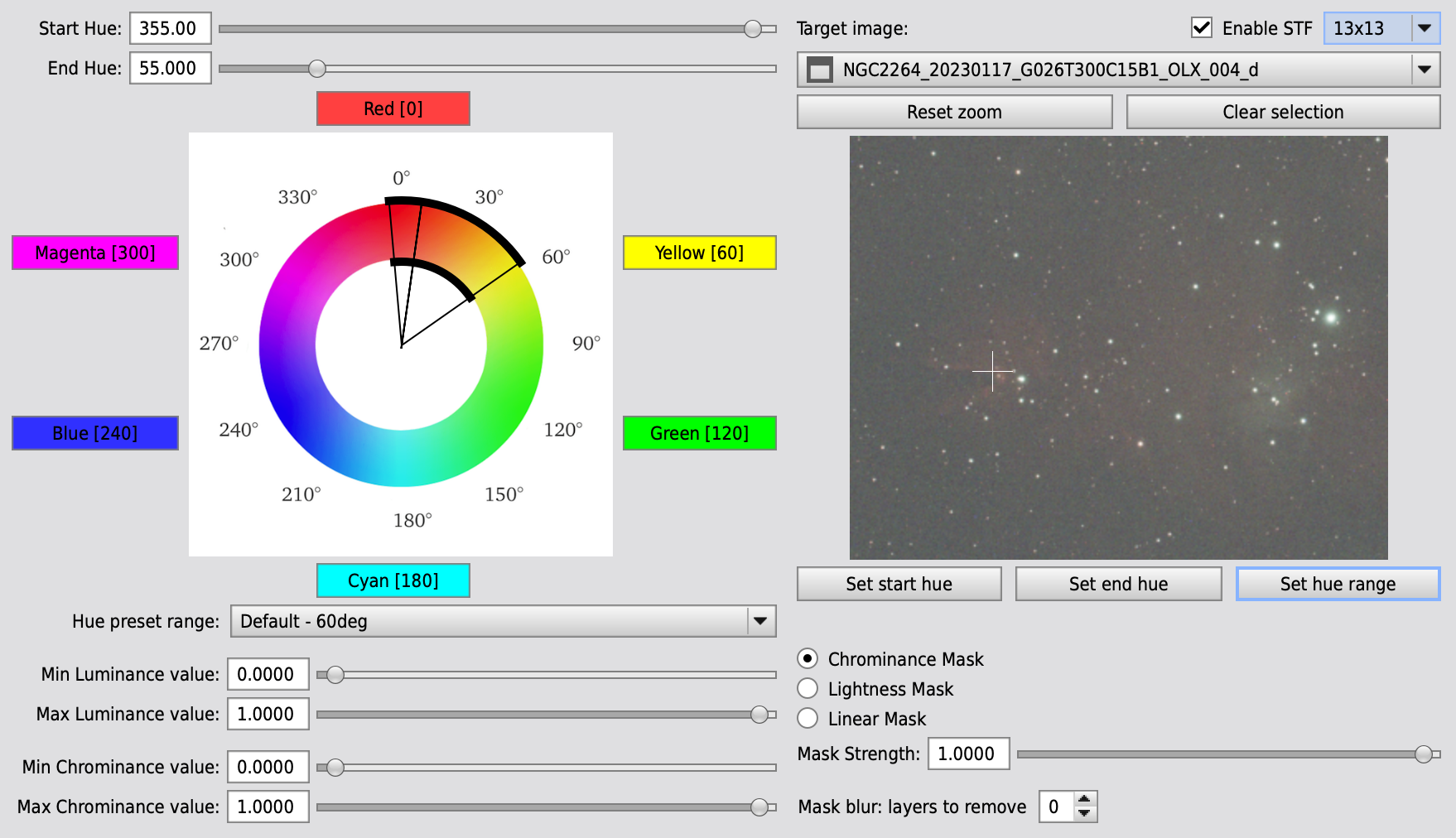
New ColorMask Script: Photo editor-like convenience
A new free script for PixInsight makes the manipulation of selective color areas a whole lot easier. A method using colorwheel and color pickers will make the need to use an external photo editor a whole lot less.
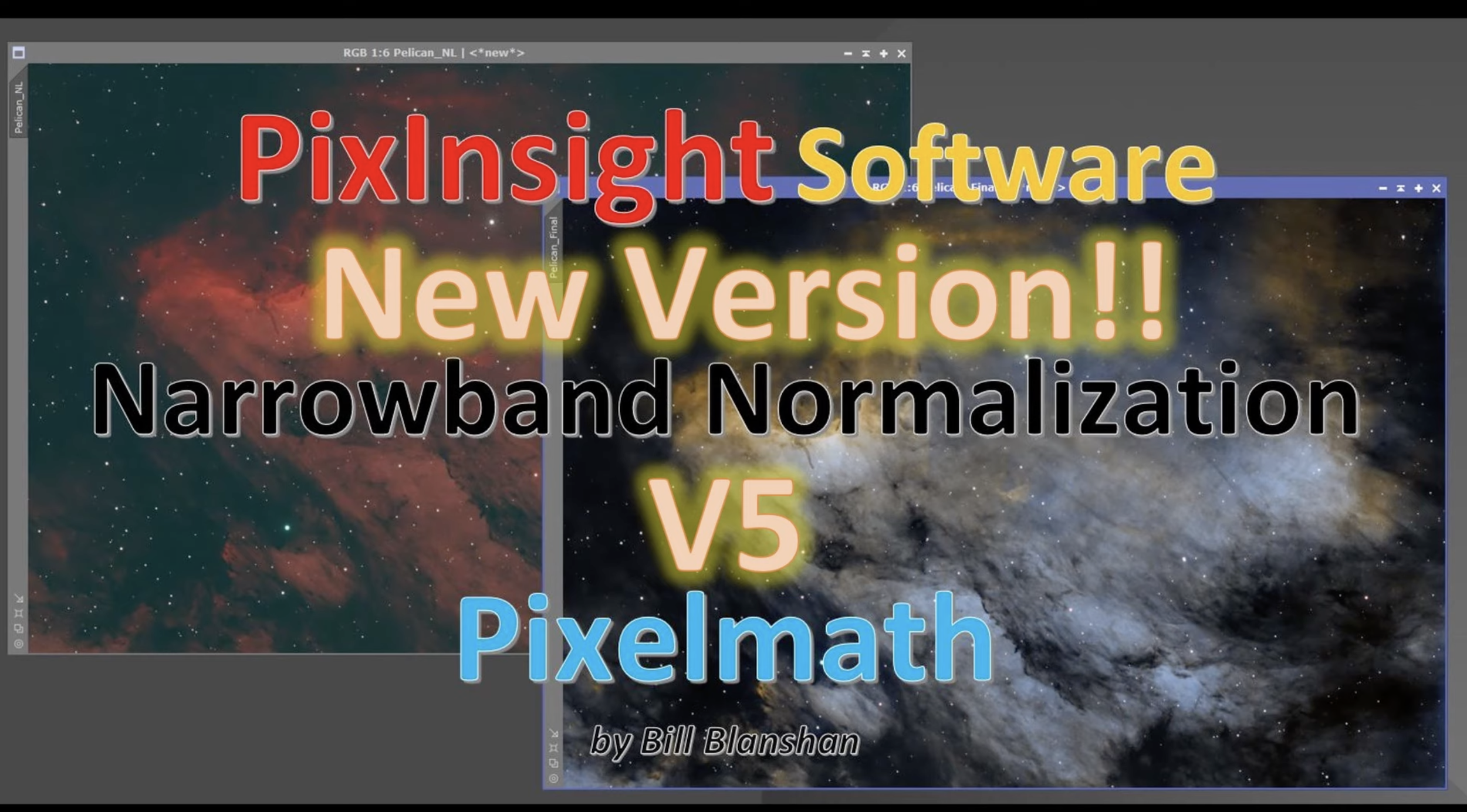
New SHO, HSO, HOO normalisation tools
Bill Blanshan published a new and much improved version of his narrowband normalisation tools.
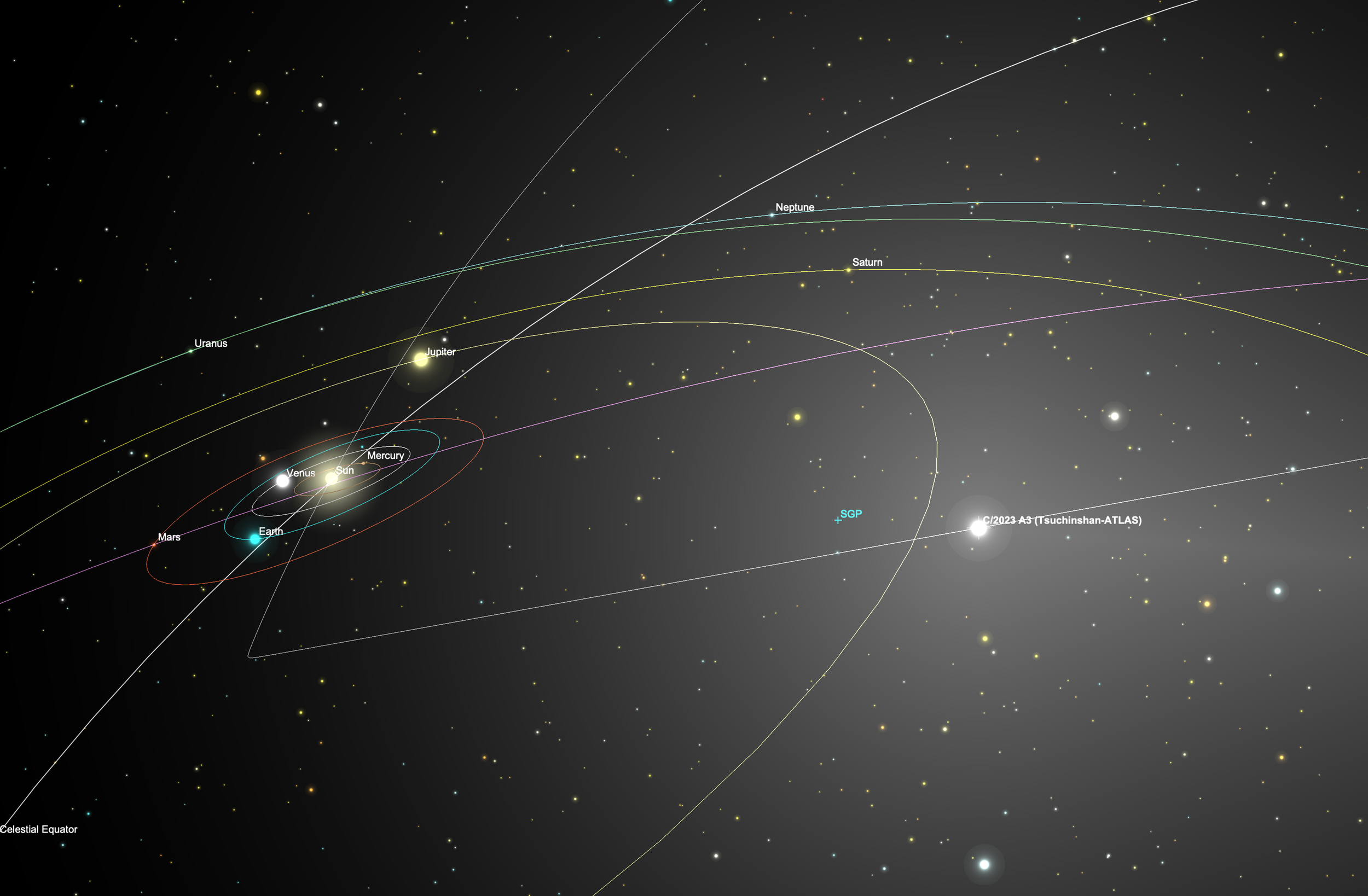
New promising comet discovered
Naked-eye visible comets are pretty rare. A newly discovered comet, C/2023 A3 may become one, even though we still have to wait a bit, as its closest distance to the sun will be reached in September 2024.
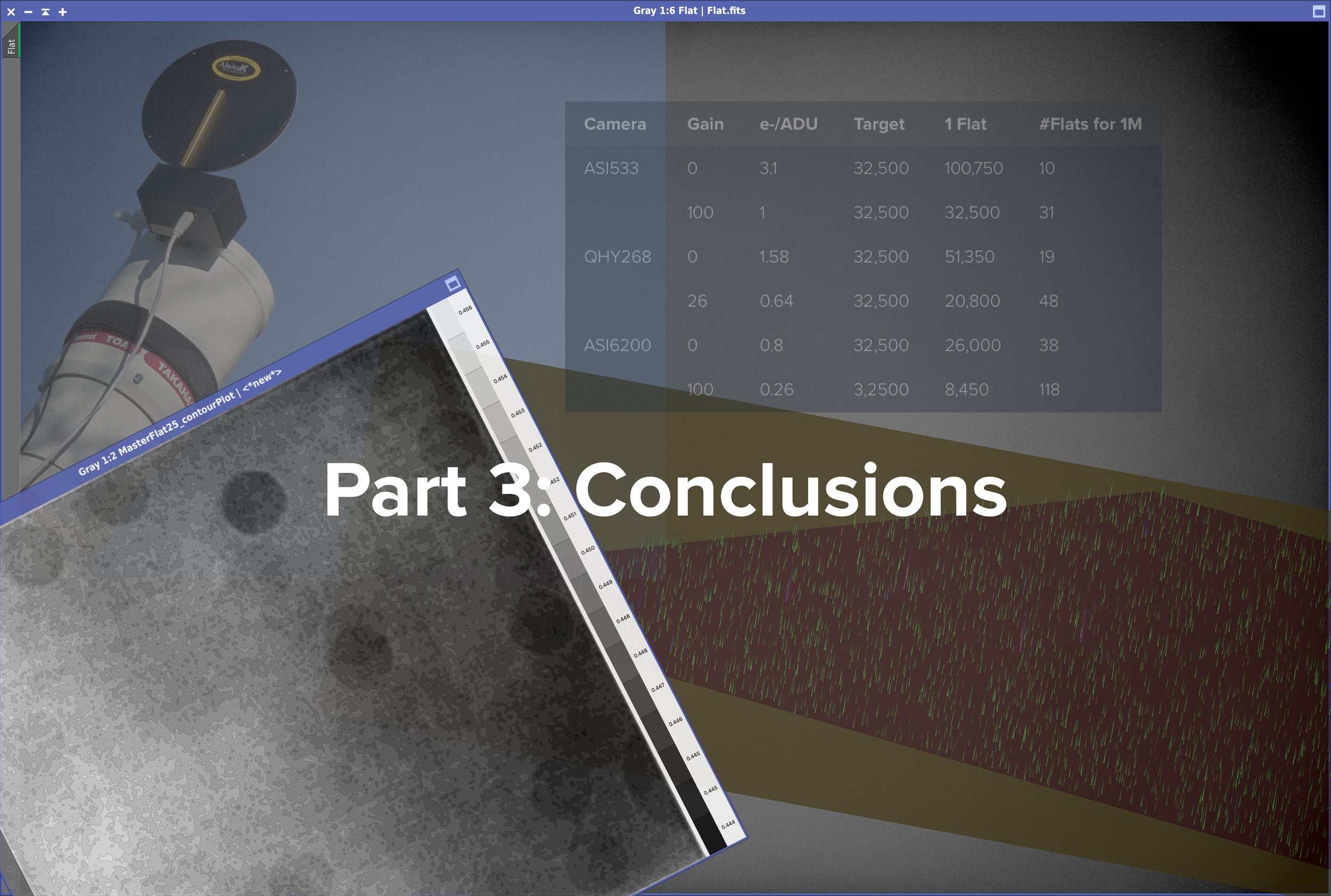
Mastering Flat Frames (3/3): Bias, Flat-Darks and Conclusions
In this third and last post in a series of articales around mastering Flat Frames, we will do a comparison between Bias and Flat-Darks. Also we will look into some topics that came up following responses to the earlier two articles. Finally a cautious attempt is made to draw some conclusions.
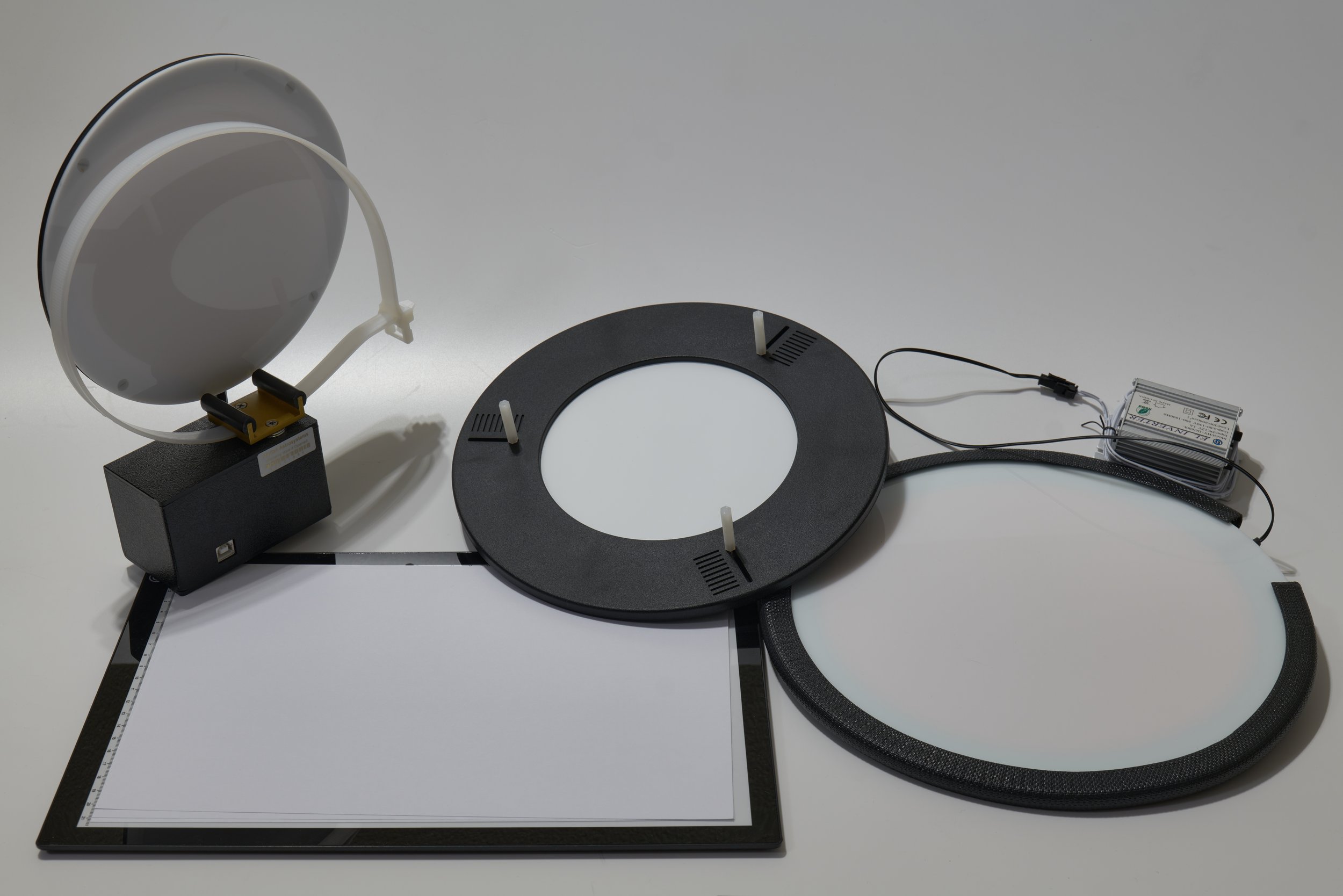
Mastering Flat Frames (2/3): Flat Panels compared
A deep dive into the topic of taking Flat frames. A series of three articles describing experiments to fully master the many aspects of taking good Flats. In this second article four Flat panels are compared and tested in a range of experiments.
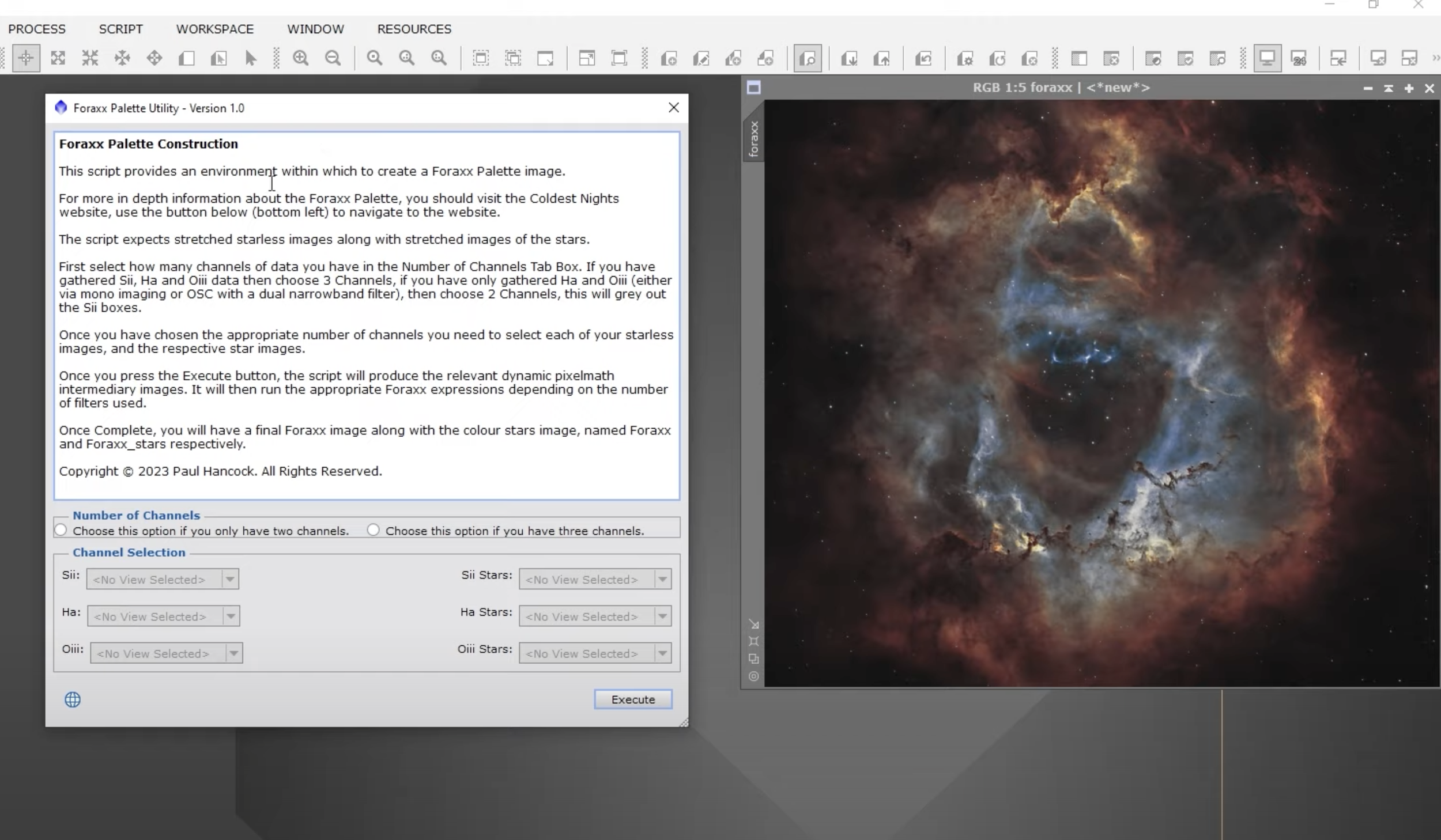
New Foraxx script for PixInsight
A new, free script for PixInsight has been released that automates the creating of narrowband images in Foraxx palette. For details on what it is and how to get it, read more.
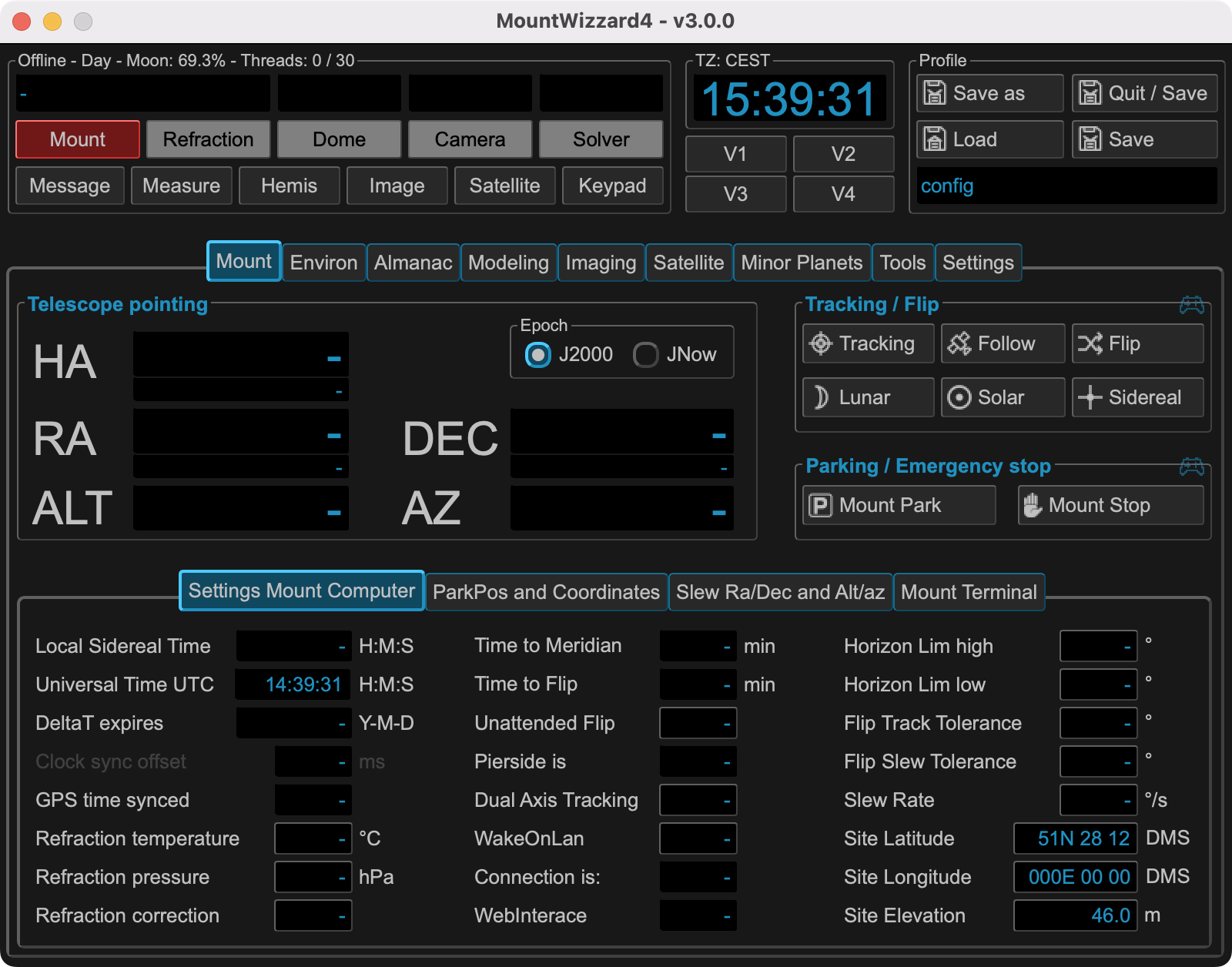
MountWizzard4 version 3.0 released
MountWizzard4 is a must-have tool for owners of a 10Micron mount. The mount modelling can be finely controlled and over the years the software has received many more functions to manage the observatory. Version 3 has now been released with some very nice upates

New CometAlignment tool PixInsight
With comet C/2022 E3 (ZTF) high in the sky, PixInsight has released version 1.3.5 of its CometAlignment tool, bringing some interesting improvements.

Mastering Flat Frames (1/3): Gain matching
A deep dive into the topic of taking Flat frames. A series of three articles describing experiments to fully master the many aspects of taking good Flats. This first article is about the need (or not?) of gain-matching Light and Flat frames

M31 reveals a secret
A new OIII nebula has been discovered overhanging the M31 Andromeda Galaxy. It is part of a series of new discoveries in the Strottner-Drechsler catalogue.

Photographing an Asteroid (by accident)
During the processing of M74 images, a strange artefact was observed. Upon closer inspection this appeared to be an asteroid.

BlurXTerminator, a revolution in deconvolution
BlurXTerminator is a new AI-based deconvolution tool which will probably revolutionise the way astrophotographers will process their images.

New Player One Cooled DSO Cameras
The Zeus (full frame) and Poseidon (APS-C) are Player One’s entry into the market of cooled astrophotography cameras. Familiar sensors in an innovative package

Uranus Meteo Station available
The Pegasus Astro Uranus Meteo Sensor has finally started shipping. This 3-in-1 design captures meteo, sky quality and GPS data. It can be used hand-held or with your favourite astrophotography software.
